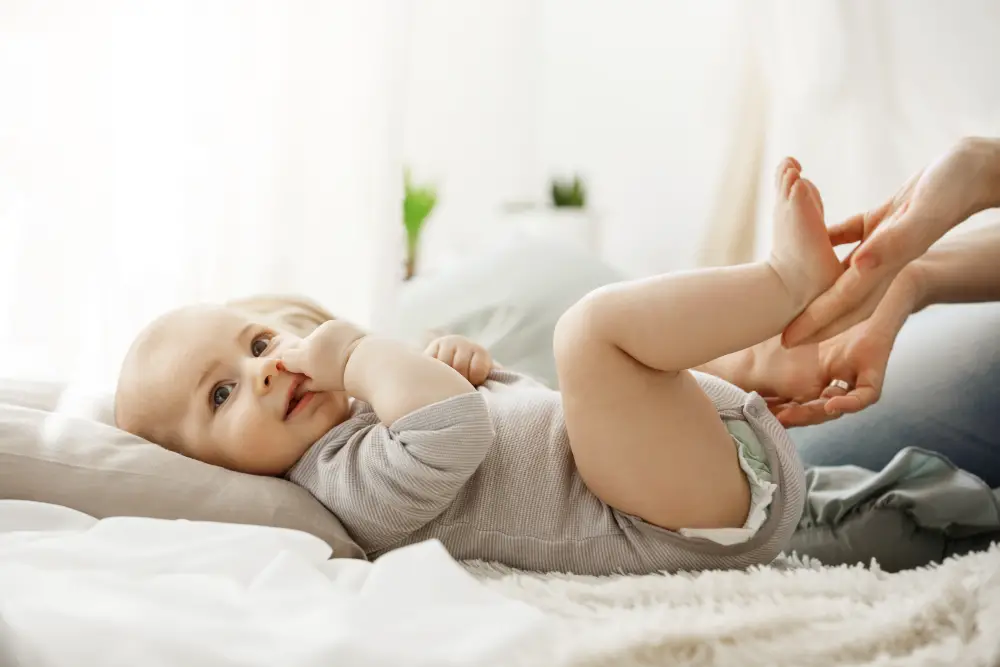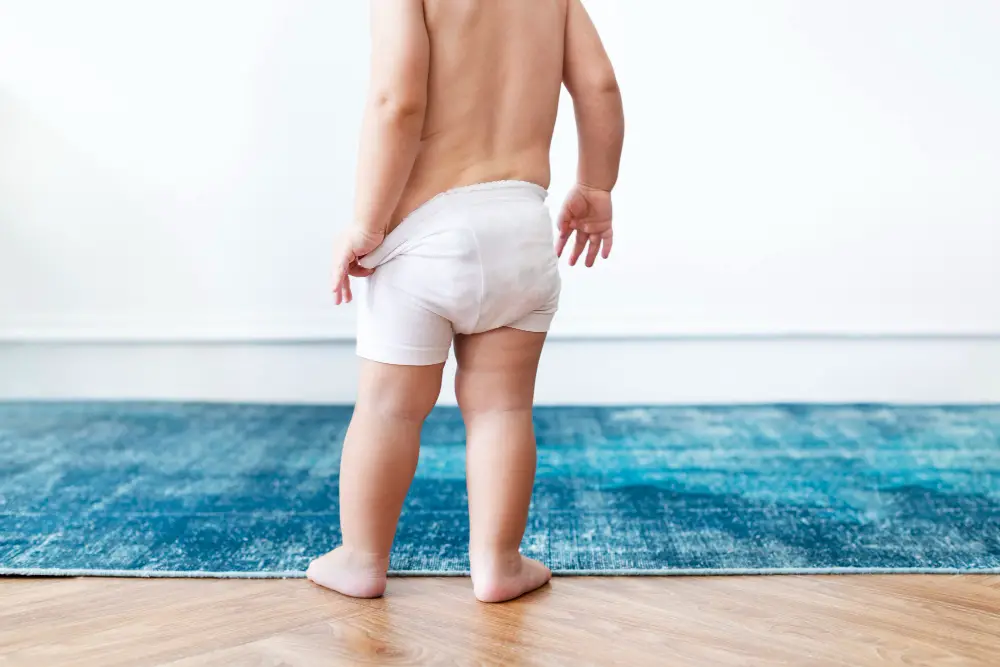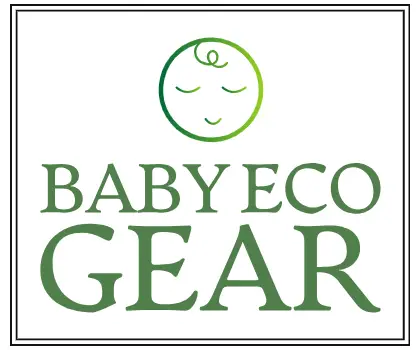Cloth Diapers: A Better Choice for Your Baby and the Environment
The Benefits of Using Cloth Diapers for Your Baby and the Environment
Healthier for Your Baby’s Skin
As parents, we all want what’s best for our little ones, and that includes keeping their delicate skin healthy and free from irritation. Unlike disposable diapers that often contain harsh chemicals and synthetic materials, cloth diapers are made from soft, natural fibers that are gentle on your baby’s skin. In fact, studies have shown that babies who wear cloth diapers are less likely to experience diaper rash, skin irritation, and other skin problems compared to those who wear disposables.
Environmentally Friendly
In addition to being better for your baby’s health, cloth diapers are also much better for the environment. Disposable diapers are a major contributor to landfill waste, with millions of them being thrown away every day. Not only do they take up space in landfills, but they also release harmful chemicals into the environment as they break down over time. By switching to cloth diapers, you can reduce your carbon footprint and help protect the planet for future generations.
Saves Money in the Long Run
While cloth diapers may require a larger upfront investment, they can actually save you a significant amount of money in the long run. According to some estimates, the average family can spend up to $2,000 or more on disposable diapers per child over the course of 2-3 years. In contrast, a set of cloth diapers can be used for multiple children and last for several years, potentially saving you thousands of dollars in diapering costs.
Easy to Use and Maintain
Contrary to popular belief, cloth diapers are actually quite easy to use and maintain. Many modern cloth diaper designs feature snap or Velcro closures that make them just as easy to put on and take off as disposables. And with the use of diaper liners and a good washing routine, cleaning cloth diapers is not much more difficult than doing a load of laundry.
Adorable and Fashionable
Cloth diapers come in a wide variety of colors, patterns, and designs, making them a fun and fashionable choice for parents who want to add a little personality to their baby’s wardrobe. From cute animal prints to trendy geometric patterns, there’s a cloth diaper design out there for every style and preference.
Encourages Early Potty Training
Studies have shown that babies who wear cloth diapers are more likely to potty train earlier than those who wear disposables. This is because cloth diapers allow babies to feel wetness more easily, which can help them become more aware of their bodily functions and develop better bladder control.
Types of Cloth Diapers and How to Choose the Right One for Your Baby

Choosing the right cloth diaper for your baby can be overwhelming with so many types available. Here are the most popular types and their features to help you make the best decision for your family:
Prefolds and Flats
Prefolds and flats are the most traditional and affordable cloth diaper options. Prefolds are rectangular pieces of cotton or hemp, while flats are square pieces of fabric that require folding. Both require a waterproof cover to keep moisture in.
Fitted Diapers
Fitted diapers are designed to fit snugly around your baby’s legs and waist, providing maximum comfort and leak protection. They come in a variety of fabrics, including cotton, bamboo, and hemp, and require a waterproof cover.
Pocket Diapers
Pocket diapers are a popular choice for their convenience and versatility. They have a waterproof outer layer and a soft, moisture-wicking inner layer with a pocket for inserts that can be customized for absorbency. They can be adjusted to fit babies of different sizes.
All-in-One Diapers
All-in-One (AIO) diapers are the closest in design to disposable diapers, with a waterproof outer layer and an absorbent inner layer sewn together. They are easy to use and require no folding or stuffing, making them a popular choice for daycare and travel.
Hybrid Diapers
Hybrid diapers are a mix between cloth and disposable diapers. They have a reusable outer cover and disposable inserts that can be composted or flushed. They are a convenient option for families who want to use cloth diapers but also need the flexibility of disposables.
With this guide, you can make an informed decision about which type of cloth diaper is best for your baby’s needs and your family’s lifestyle.
How to Use and Care for Cloth Diapers

Cloth diapers are a great alternative to disposable diapers, but they require proper care to keep them clean and functional. Here are some tips on how to use and care for cloth diapers:
Washing and Drying Cloth Diapers
Washing cloth diapers is easier than you might think. First, remove any solid waste from the diaper and store it in a diaper pail. Then, wash the diaper in hot water with a small amount of detergent. Finally, dry the diaper in the dryer or hang it to dry. It’s important to avoid using fabric softeners or bleach, which can damage the diaper’s absorbency.
Common Cloth Diapering Mistakes to Avoid
There are some common mistakes that parents make when using cloth diapers. These include using the wrong size or style of diaper, not changing the diaper frequently enough, and using the wrong type of detergent. To avoid these mistakes, make sure you choose the right diaper for your baby, change the diaper frequently, and use a detergent that is safe for cloth diapers.
Traveling with Cloth Diapers
Traveling with cloth diapers is possible, but it does require a little extra planning. Make sure you pack enough diapers for the length of your trip, and bring along a wet bag to store dirty diapers. You may also want to consider using disposable liners, which can make cleaning up messes easier while you’re on the go. And don’t forget to research your destination to find out if there are any facilities available for washing cloth diapers.
Frequently Asked Questions About Cloth Diapers

If you’re new to cloth diapering, you may have some questions about how it works. Here are some of the most frequently asked questions about cloth diapers, answered.
How Many Cloth Diapers Do I Need?
The number of cloth diapers you need depends on how often you want to do laundry. Most parents find that they need around 24 to 36 cloth diapers to start with, which allows for washing every 2-3 days. As your baby grows, you may need to increase the number of diapers you have on hand.
How Often Should I Change My Baby’s Cloth Diaper?
You should change your baby’s cloth diaper every 2-3 hours, or as soon as they’ve soiled it. This is to prevent diaper rash and keep your baby’s skin clean and healthy.
How Do I Deal with Poop in Cloth Diapers?
Dealing with poop in cloth diapers is not as difficult as it may seem. For breastfed babies, the poop is water-soluble and can be washed off easily. For formula-fed babies or older babies on solids, you can use a diaper sprayer to remove any solids before washing. Always make sure to rinse off any poop before washing the diaper.
Can I Use Cloth Diapers at Night?
Yes, you can use cloth diapers at night. You may need to use a more absorbent diaper or add a booster pad for extra absorbency. Some parents also use a wool cover over the cloth diaper for added protection against leaks. Experiment with different combinations until you find what works best for your baby.
By answering these common questions about cloth diapers, we hope we’ve provided some helpful information to make your cloth diapering journey a little easier.
The Top 10 Benefits of Choosing Cloth Diapers for Your Baby’s Health and the Environment
- Healthier and Safer for Your Baby’s Skin: Unlike disposable diapers, reusable diapers are free from chemicals and fragrances that can cause skin irritation, rashes, and allergic reactions.
- More Environmentally Sustainable: By using reusable diapers, you are reducing the amount of waste sent to landfills and conserving natural resources.
- Saves You Money in the Long Run: Although the initial cost may be higher, reusable diapers can save you hundreds or even thousands of dollars over the course of your child’s diapering years.
- Variety of Options Available: There are various types of reusable diapers available, including prefolds, fitteds, pockets, all-in-ones, and hybrids, so you can choose the one that works best for you and your baby.
- Increased Comfort and Fit: Reusable diapers are designed to fit your baby snugly and comfortably, reducing the chances of leaks and blowouts.
- Easier to Potty Train: Children who wear reusable diapers may be more likely to potty train earlier, as they are more aware of the sensation of wetness and discomfort.
- More Stylish: Reusable diapers come in a variety of fun and colorful designs, allowing you to express your baby’s personality and style.
- Convenient for Travel: With the right preparation and planning, using reusable diapers while traveling is just as easy as using disposables.
- Can Be Passed Down: Reusable diapers can last for years, and are often in good enough condition to be passed down to younger siblings or sold secondhand.
- Support Local Businesses: By purchasing reusable diapers from local or small businesses, you are supporting your community and contributing to a more sustainable economy.
Cloth Diapers vs Biodegradable Diapers: Which Is the More Eco-Friendly Choice?
Cloth diapers and biodegradable diapers are both eco-friendly options that offer several benefits for parents and the environment.
Cloth diapers are reusable and can be washed and dried multiple times, which can save money in the long run. They are also made of natural materials, which can reduce the risk of diaper rash and irritation. However, they require more effort in terms of washing and maintenance, and may not be as absorbent as biodegradable diapers.
Biodegradable diapers, on the other hand, are made of biodegradable and compostable materials that break down faster in the environment compared to traditional disposable diapers. They also don’t require as much water and energy to produce compared to cloth diapers, and are more convenient to use since they can be disposed of like traditional disposable diapers. Biodegradable diapers also offer better absorbency, reducing the frequency of diaper changes.
Ultimately, the choice between cloth diapers and biodegradable diapers comes down to personal preference and values. Parents who prioritize sustainability and convenience may prefer biodegradable diapers, while those who prioritize cost savings and reusability may prefer cloth diapers. It’s important to consider the environmental impact, health benefits, cost, and convenience when making a decision.
Conclusion
In conclusion, cloth diapers can be a great option for parents looking for a healthier, more cost-effective, and environmentally friendly alternative to disposable diapers. With a variety of types and styles available, it’s important to choose the right one for your baby’s needs and to take proper care of them. By following the tips and advice outlined in this article, parents can successfully use and care for cloth diapers while avoiding common mistakes and addressing any concerns they may have. Ultimately, choosing cloth diapers can provide numerous benefits for both your baby and the planet.
